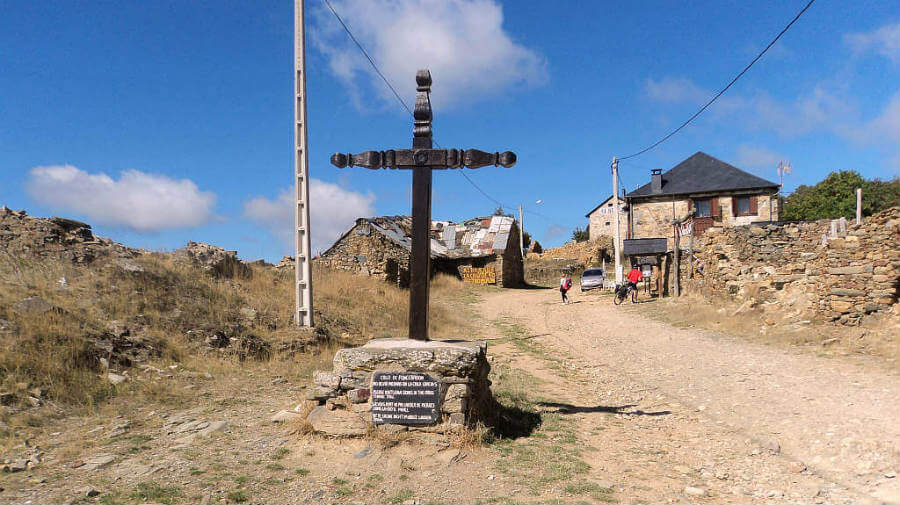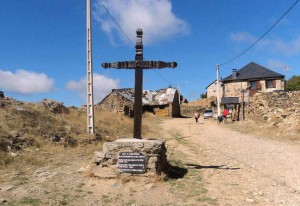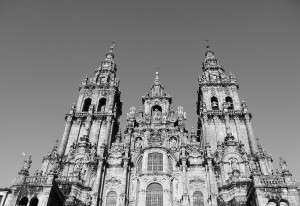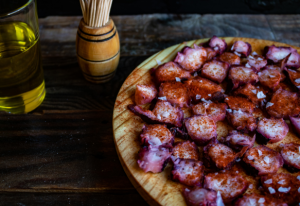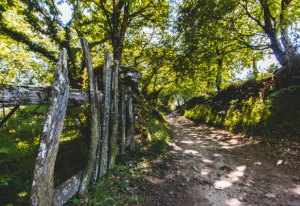Today we bring you a story, at least, curious. We want to talk to you about Foncebadón, which is a town that belongs to the municipality of Santa Coloma de Somoza, in the province of León.
And you may be wondering, what is so special about this place? Well, until the pilgrimages began again in the last decade of the 20th century, this town was abandoned.
For you to situate yourself, you will end up in this town at the stage of the French Way in which you arrive from Astorga and leave it towards Ponferrada on your journey to Santiago de Compostela.
The first references to this town are from the beginning of the 12th century, and it is known that it was a town of farmers and winners, where there were also muleteers. This was the case until the 1960s, when they began to emigrate to more industrialized centers and the town of Foncebadón was totally abandoned.
Currently
Thanks to the Camino de Santiago, some of the local hospitality merchants who knew how to see the business began to repopulate Foncebadón. Thus, in 2020 there had already been a census of 26 inhabitants in the town.
Foncebadón is known for being the highest point on the Camino de Santiago, as it is 1,500 meters above sea level. Specifically, this town is located immediately after the well-known Cruz de Ferro (Iron Cross), one of the most emblematic points of the Way.
The iron cross
This point of the route is full of symbology and tradition. Well, it is not a historical monument, but a large wooden post, about 5 meters high, which also has the largest living mound of stones (humilladero) in Europe. On the post, an iron cross stands.
To this day, the origin of this symbol is unknown. On the one hand, there are those who attribute it to the Celts, alluding to the fact that it was there to mark a strategic place on the Way. There are, on the other hand, those who attribute it to the Romans, to mark the territorial division and the entrance to Galicia.
What has become a custom is the ritual of leaving a stone under the cross. There are pilgrims who carry it on their backs from its origin. Others decide to catch it during one of the stages.
As you can see, the exact origin of this point of the Camino is not known, but don’t lose the customs! Have you already left your stone on the Path?
As for Foncebadón, it still has a lot to grow. Would you like to help revive a population in this way?










